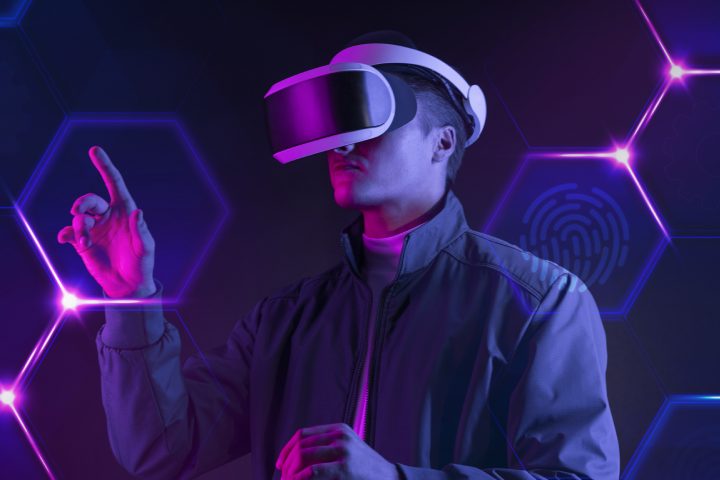In industrial development, a specialist must work with natural objects recreated in an interactive space. To do this, you need to scan a real thing and turn it into a VR model.
Photogrammetry and 3D scanning are handy – roughly turning a photograph with size and position data into a 3D model. Here are the tools:
- Recap360 – used to create 3D panoramas and 2D drawings, which can then be edited.
- Agisoft Photoscan – creates 3D models from photos.
Additional Technologies
The industry appreciates generalists who can be used at all stages of VR development: from the digitization of objects to the creation of applications. On the one hand, because of this, the entry threshold rises – to start in VR, it is not enough to know programming; you need related disciplines. On the other hand, a VR developer who initially worked in games quickly retrains to work in medicine or industry if desired.
Knowledge of the following tools and technologies will be helpful to:
- DirectX – for full-fledged work with graphic solutions.
- Vuforia is an augmented reality SDK that understands virtual buttons and fiducials. Integrates into Unity.
- Features of setting up applications for the software of popular virtual reality helmets – for example, Gear VR, HTC Vive, and Oculus.
- Programs for stereo sound, To bind sound to a specific point in VR space, you will have to work with unique solutions, for example, audio or Spatial Workstation.
UI/UX Environments
A developer has to do more than write code. He needs to understand the UI / UX environment – how the program should respond to the user’s reaction.
Prospects For The Development Of The VR Market
Understanding VR might be a good idea — the technology has been called a government priority.
- After the release of the hit Half Life Alyx, the demand for virtual reality in the gaming industry is likely only to grow. Mark Zuckerberg also announced his readiness to develop the technology; he even launched the Horizon VR game.
- The developer of things for VR / AR BeBop at CES 2020 showed special gloves with tactile feedback. Such technologies are being developed as an entertainment segment of VR and implemented in enterprises for simple and convenient management of complex interfaces.
- Financial reports also speak about the growing trend. According to IDC, global spending on AR and VR reached $12 billion in 2018 and rose to $20.4 billion in 2019. By 2023, the market volume may increase by order of magnitude – up to $160 billion.
- According to a study by the AVRA Association, 68% of industrial companies in Russia are ready to invest in AR / VR technologies. The analytical center of TAdviser and CROC Immersive Technologies consider: that in the optimistic forecast, the market for industrial VR/AR solutions in Russia can grow by 11.7 times in four years.
As a result, the VR industry looks like a promising developer market. They can work in the gaming industry, including counting on relocation to Western companies.
Large industrial enterprises and medical corporations need VR developers. Another potential application is virtual reality in stand-alone helmets, as the widespread adoption of 5G has almost begun. But the last one is just a guess.
What A VR Developer Needs To Know
- One of the popular game engines – they are used to simulate interactive scenes. Unreal Engine 4 and Unity will do.
- The primary programming languages are C++ and C#.
- 3D modeling SDK like CryEngine .
- Animation, rendering, or motion capture tool – start with Blender.
- A tool for recreating natural objects in virtual space – for example, Recap360
- An application for working with stereo sound – Spatial Workstation.








